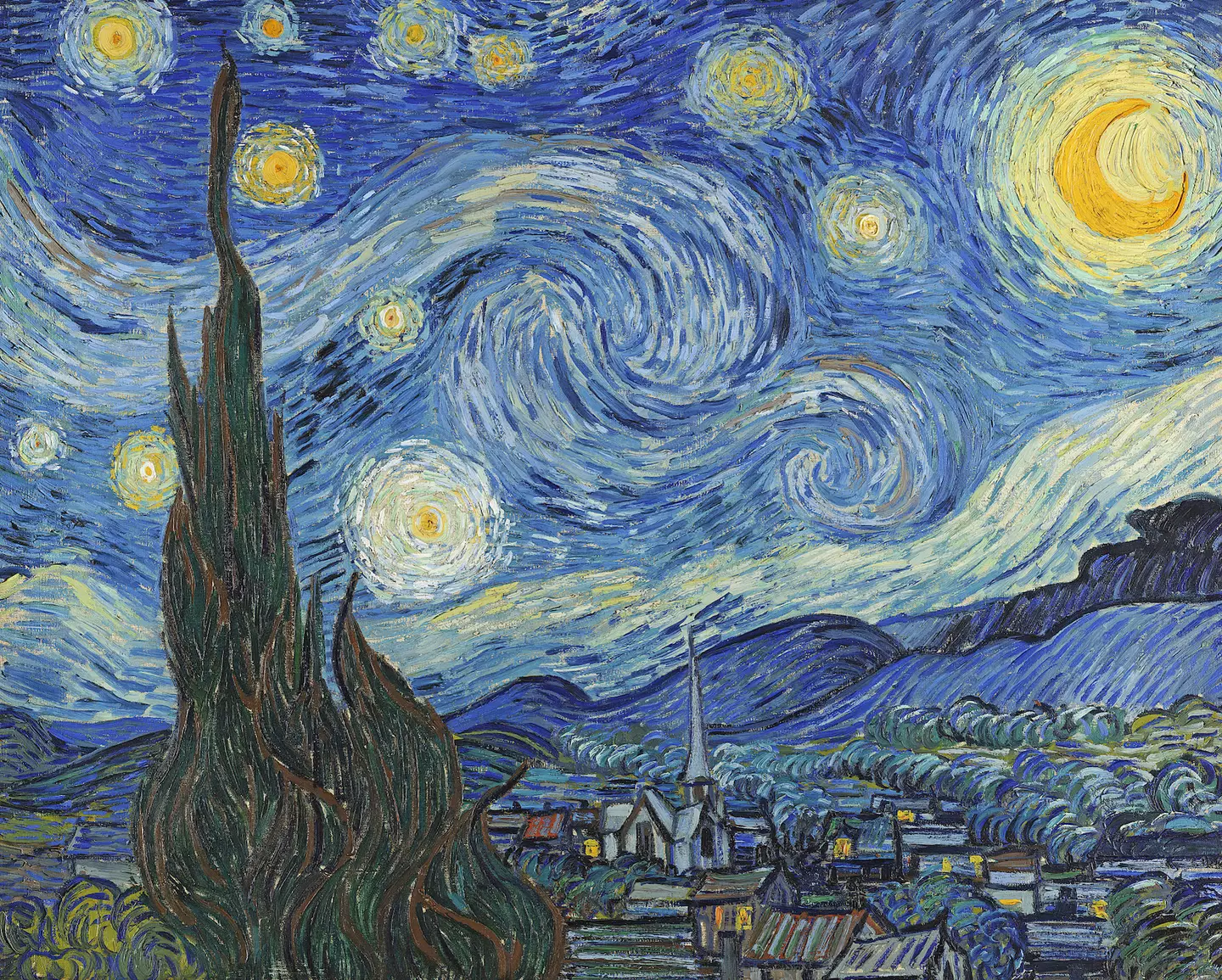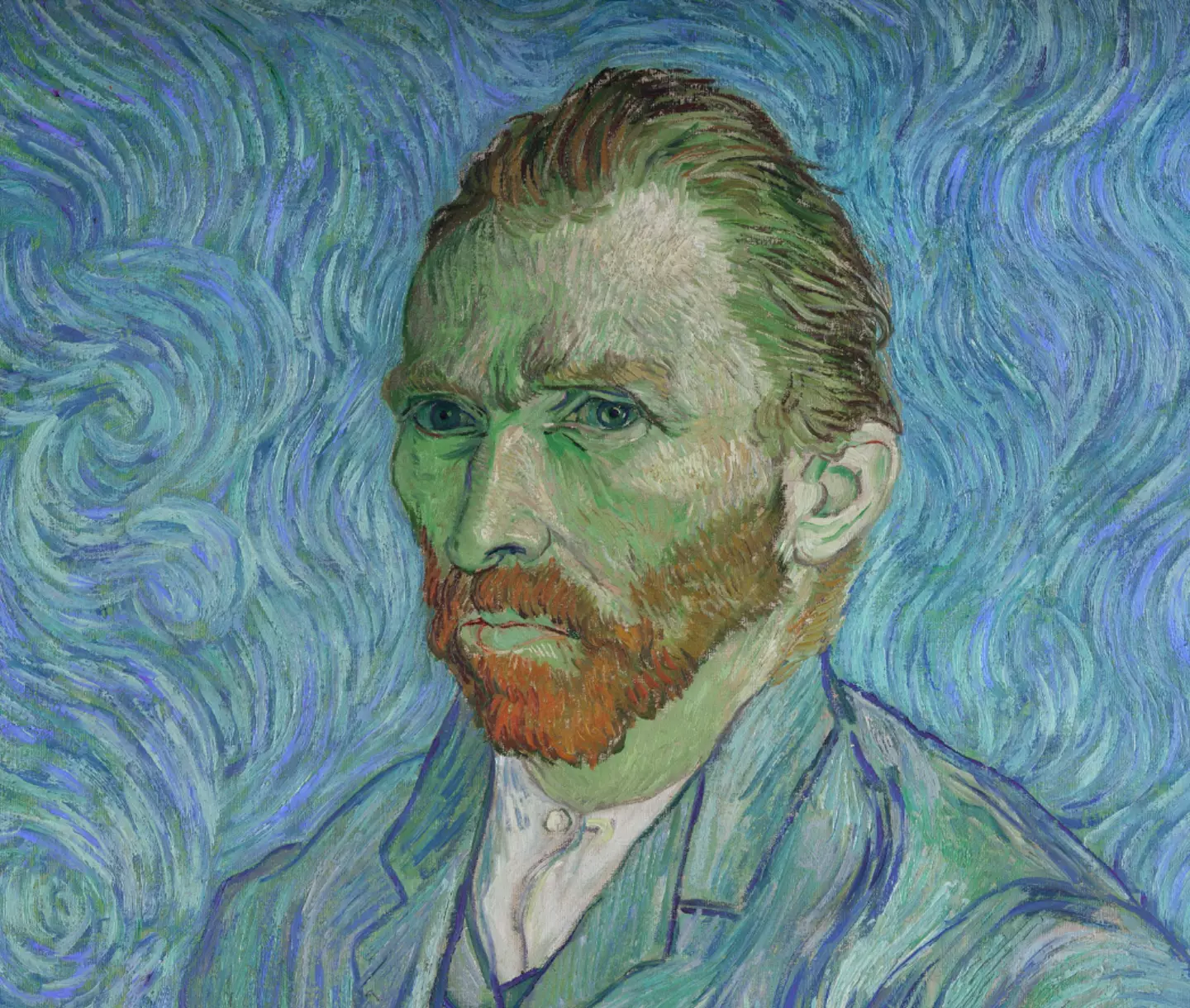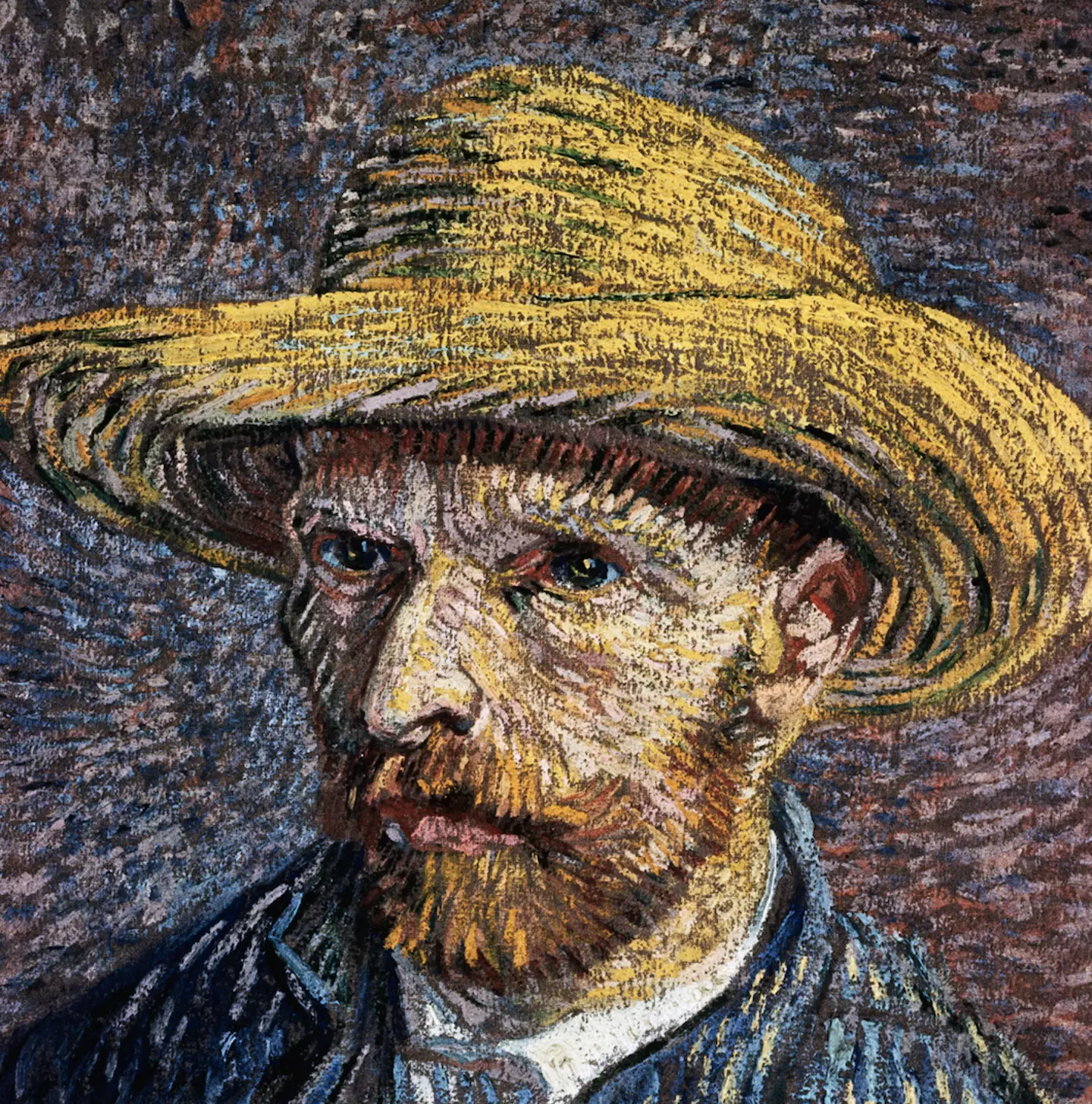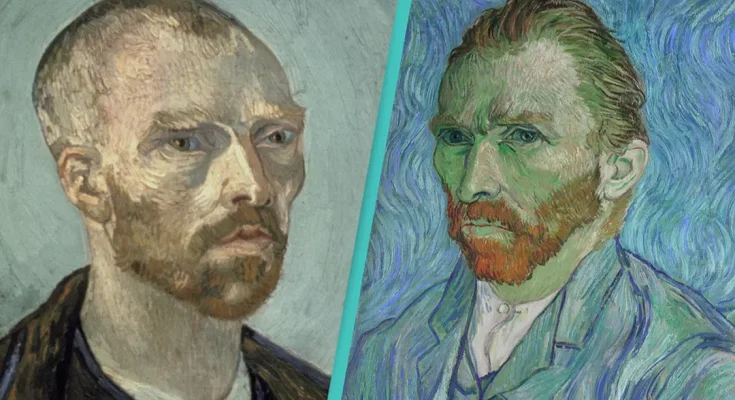Everyone is familiar with the painting, but there’s one aspect of it that might have gone completely over your head
As if Van Gogh’s paintings weren’t captivating enough on their own, scientists have now discovered that at least one of them has been holding a secret.
Painted in the late 1880s, Van Gogh’s Starry Night is among of the most recognizable of the artist’s work.
It’s been recreated on mousemats, bedspreads, even mugs – but all this time, there’s been an element of the painting that has gone completely over people’s heads.

Van Gogh completed Starry Night in the late 1880s ( Art Images via Getty Image)
In a new study published in Physics of Fluids, scientists pointed to the iconic swirls in The Starry Night painting and suggested they might be more than simply a personal artistic choice.
In the study, the scientists explained that debate has been going on for an ‘extended period’ as to whether the swirly patterns in the painting, and in many paintings inspired ‘turbulent skies’, could be reminiscent of Kolmogorov’s theory of turbulence.
What’s that – you’ve never heard of Kolmogorov’s theory of turbulence? Have you been living under a rock?
Advert
(Okay fine, I don’t know what it is either).
Basically, the theory of turbulence is one which predicts movement and scale of the atmosphere based on the amount of energy involved.

Van Gogh’s swirls are much more than swirls (Imagno/Getty Images)
Looking at the whirling shapes and swirls of The Starry Night, scientists were able to measure the scale and spacing of the brush strokes done by Van Gogh, as well as the brightness of the different paint colors used by the artist.
Advert
“The scale of the paint strokes played a crucial role,” said author Yongxiang Huang.
“With a high-resolution digital picture, we were able to measure precisely the typical size of the brushstrokes and compare these to the scales expected from turbulence theories.”
In their findings, the authors claimed that the proportions and spacing were reflective of the shape, energy, and scale of atmospheric characteristics, while the brightness of the colors were representative of the kinetic energy of movement.
Taking into account how kinetic energy moves from large to small turbulent flows, the researchers studying the painting suggested: “Van Gogh had a very careful observation of real flows, so that not only the sizes of whirls/eddies in The Starry Night but also their relative distances and intensity follow the physical law that governs turbulent flows.”
Advert

Scientists described the discoveries in Van Gogh’s work as ‘remarkable’ (Francis G. Mayer/Corbis/VCG via Getty Images)
So, where the rest of us saw nice, pretty swirls, Van Gogh might have seen a much more accurate representation of the atmosphere. But that’s not even the most impressive part.
The thing is, the principle referenced by the study authors wasn’t actually presented until 1940 – decades after The Starry Night was completed.
In an email to news.artnet.com, Huang said: “What we found for The Starry Night is remarkable. It is exactly following the physical law that was discovered [by Kolmogorov in 1941] more than 80 years ago.”



